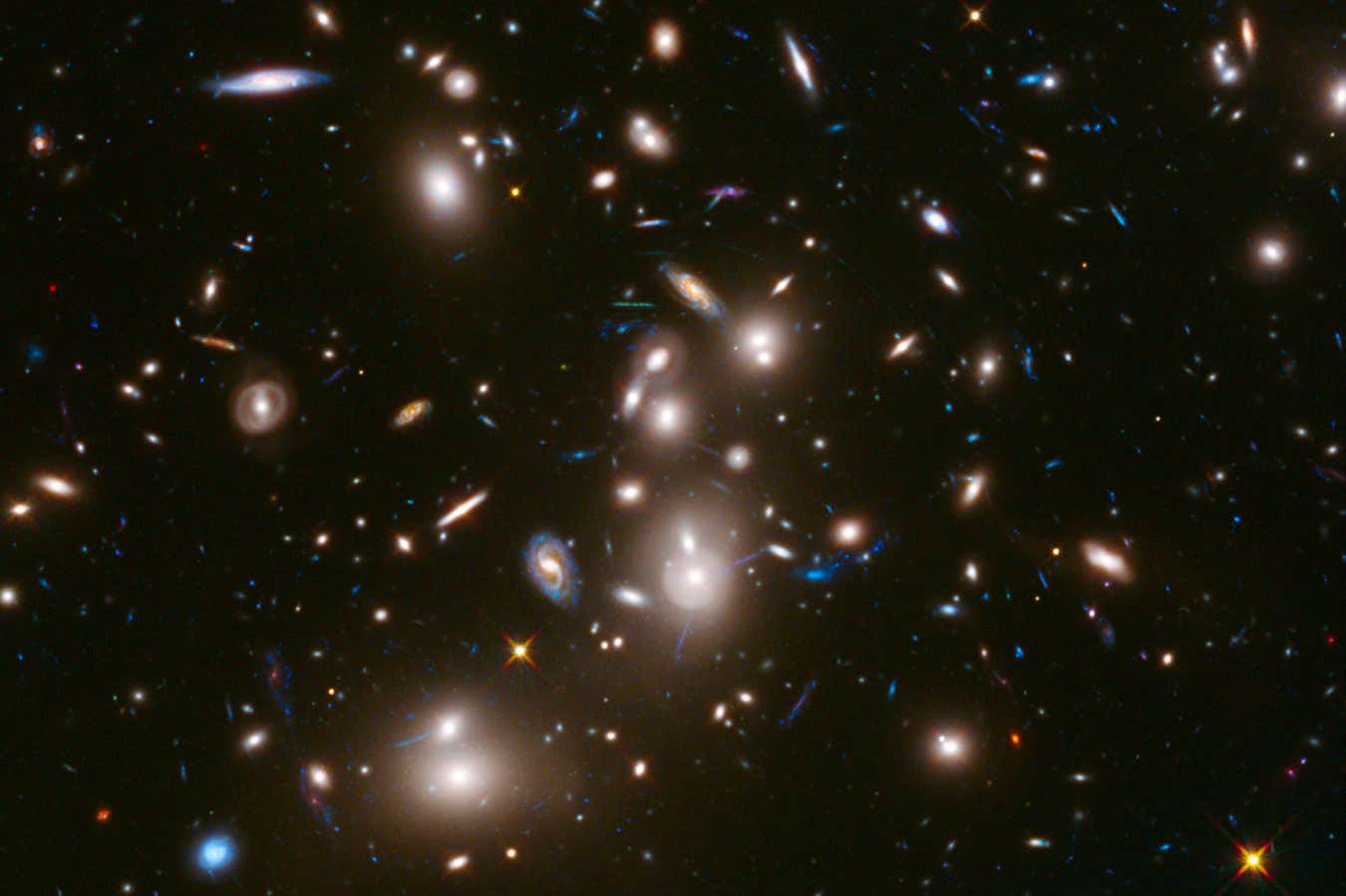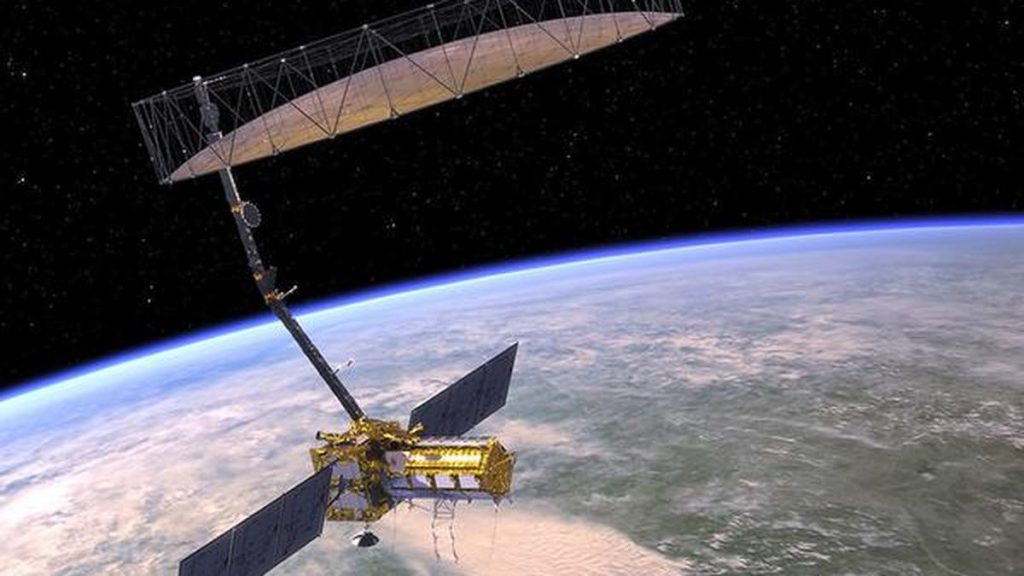Now Reading: Rare Galaxy Discovered with Unusually Pristine Stars
-
01
Rare Galaxy Discovered with Unusually Pristine Stars
Rare Galaxy Discovered with Unusually Pristine Stars

Quick Summary
- Finding: A unique galaxy named AMORE6, located in the Abell 2744 galaxy cluster, appears to contain primordial stars largely uncontaminated by heavier elements.
- significance: These stars, known as Population III stars, are thought to have formed shortly after the universe’s inception and consist mostly of hydrogen.
- Anomaly: The galaxy exists approximately a billion years after the beginning of the universe – much later than expected for such pristine conditions.
- Analysis: Light studies reveal AMORE6 lacks a common oxygen ion, suggesting more than 99% purity compared to our sun’s oxygen levels. The isolation of AMORE6 might explain its pristine characteristics.
- Implications: This discovery challenges existing theories about early stellar formation and could improve chances to observe “direct collapse” black holes formed from clouds of uncontaminated gas.
Image:
!campaign=RSS%7CNSNS&utmsource=NSNS&utmmedium=RSS&utm_content=home”>Read More
Indian Opinion Analysis
The identification of Population III stars in a relatively late-stage galaxy like AMORE6 redefines astronomers’ understanding of how and when these primordial systems can exist. If confirmed, such findings suggest that pockets within galaxies retained pristine gas much longer than theorized due to factors like geographic isolation within cosmic clusters like Abell 2744.
For India’s space and research sector – including growing projects under ISRO’s intergalactic probes – this discovery brings opportunities for collaboration with international missions utilizing telescopes like JWST or future advanced observatories. It may push innovation toward instruments capable of similar ultra-sensitive observations crucial for cosmology.
Further advancements in understanding direct collapse black holes stemming from uncontaminated environments could also enhance theoretical astrophysics curriculum across India’s institutions while encouraging funding toward advanced infrastructure capable of detecting primeval phenomena akin to Population III systems.
This discovery represents yet another milestone showcasing humanity’s evolving capacity to trace cosmic history back billions of years while offering new avenues for global scientific cooperation.






















